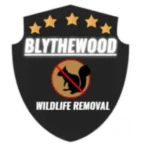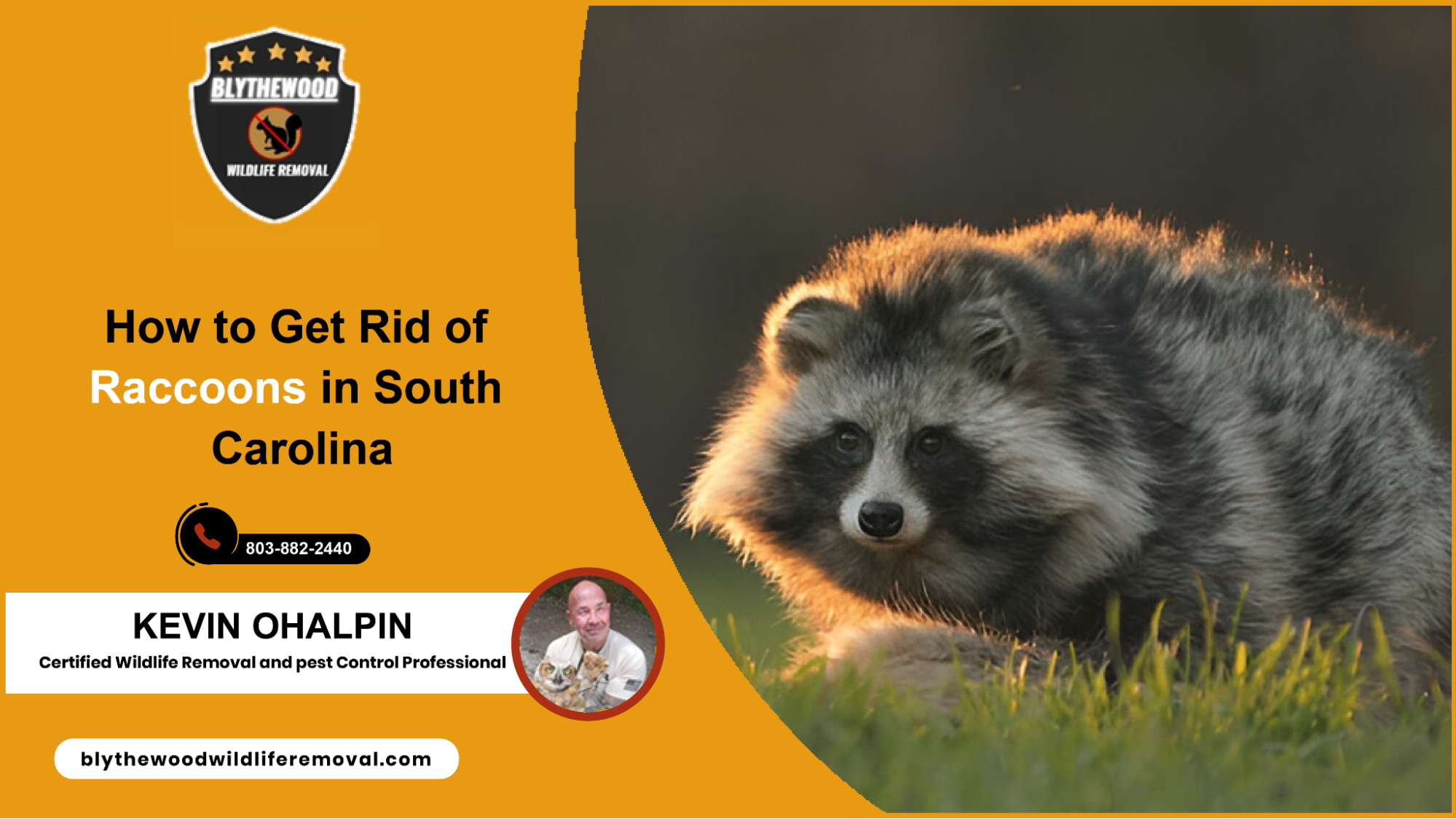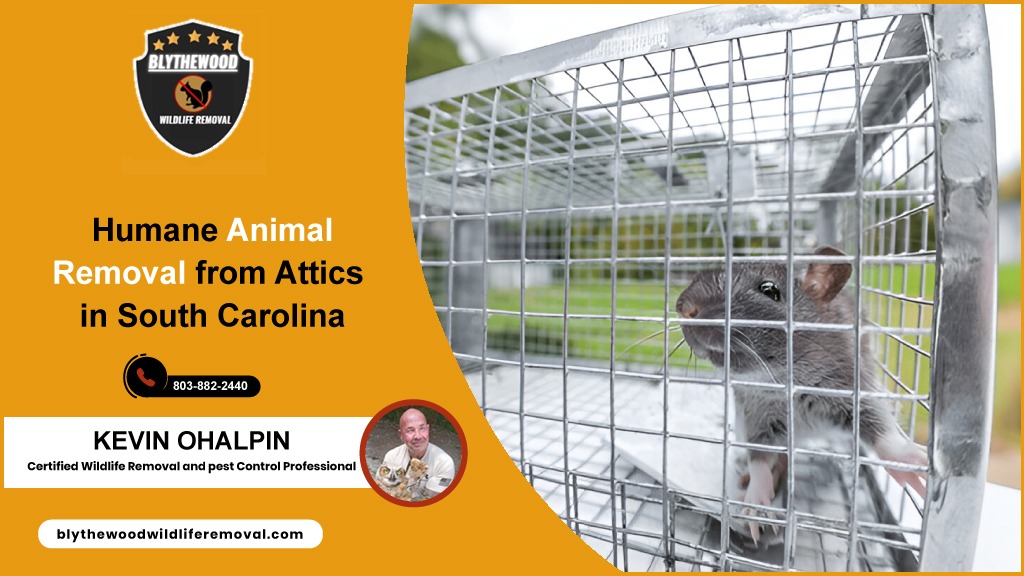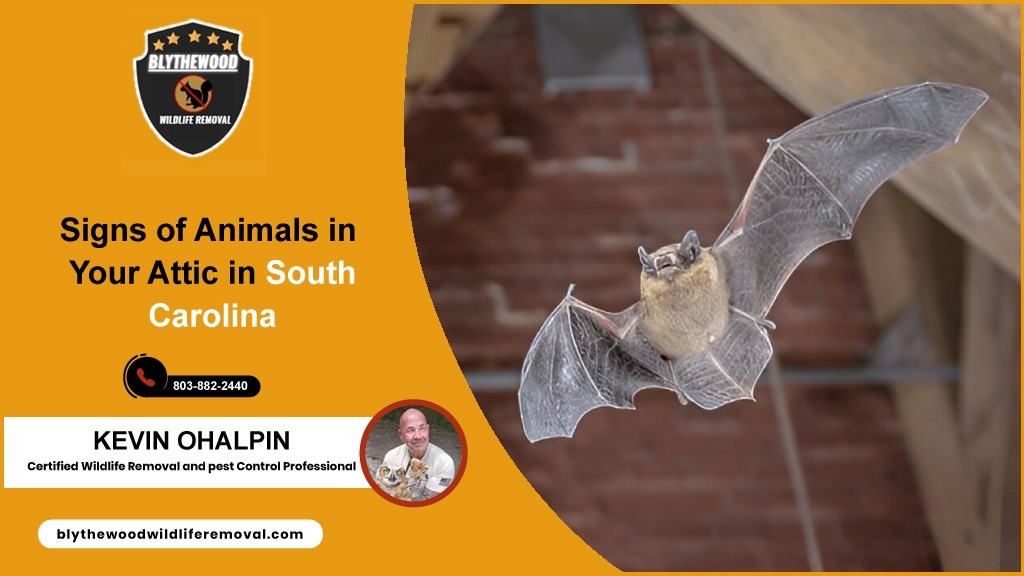
How to Identify Signs of Animals in Your Attic in South Carolina?
August 18, 2025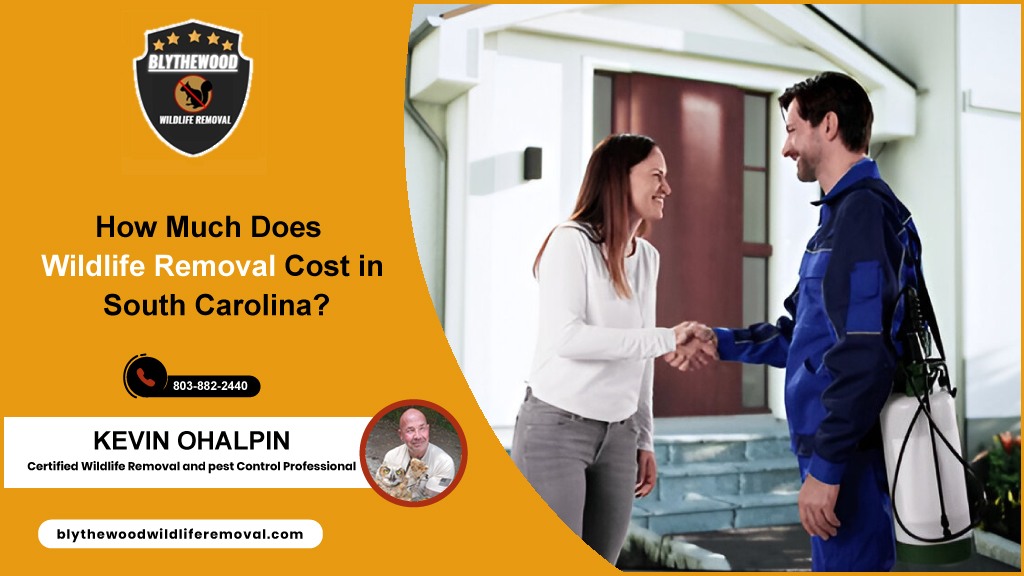
How Much Does Wildlife Removal Cost in South Carolina?
September 17, 2025Raccoons are clever, curious, and remarkably adaptable, but when they make their way into your home or property, they become a serious threat. In South Carolina, raccoon problems are not just seasonal; they can occur year-round, especially in regions where wooded areas and suburban neighborhoods overlap.
Homeowners across the state frequently deal with raccoons nesting in attics, crawl spaces, chimneys, and even wall cavities. The presence of these animals not only causes structural damage but also creates serious health risks. If you’ve noticed signs of a raccoon on your property, like scratching sounds at night, disturbed insulation, droppings, or overturned garbage cans, it’s important to act quickly and correctly.
This guide explains the dangers of raccoon infestations, why DIY solutions are rarely effective, and how to get rid of raccoons in South Carolina with humane and lasting removal.
Why Raccoons Are Attracted to South Carolina Homes
South Carolina’s climate and geography make it an ideal habitat for raccoons. From the marshlands of the Lowcountry to the wooded suburbs of Lexington, raccoons thrive wherever food, water, and shelter are accessible. With human development expanding into natural habitats, raccoons have adapted by moving closer to people, and our homes have become convenient nesting sites.
Attics offer warmth and protection from predators, especially during colder months or birthing seasons. Trash cans, pet food, and bird feeders supply a consistent food source. Chimneys, soffits, vents, and damaged rooflines provide entry points. Once inside, raccoons can cause thousands of dollars in damage, ripping insulation, chewing wires, displacing ductwork, and contaminating surfaces with feces and urine.
They also carry diseases such as raccoon roundworm and rabies, both of which pose risks to humans and pets. Simply put, a raccoon in or near your home isn’t just a nuisance; it’s a hazard.
Common Signs of a Raccoon Infestation
The earlier you identify a raccoon problem, the easier it is to deal with. Here are some of the most common signs that raccoons may have taken up residence in your home:
- Noises in the attic at night: Raccoons are nocturnal, so scratching, thumping, or vocal sounds after dark are strong indicators.
- Visible damage around your roofline: Bent vents, torn soffits, and chimney caps ripped off can all signal raccoon entry.
- Droppings and urine smell: Raccoon waste has a strong, unpleasant odor and is often found near entry points or nesting sites.
- Footprints or claw marks: Muddy paw prints near gutters, trash cans, or windows can indicate their presence.
- Tipped-over trash or compost: Raccoons are known scavengers and will frequently raid garbage bins in search of food.
If you spot any of these warning signs, it’s essential not to delay. Raccoons are persistent and will return night after night once they’ve identified your property as a resource.
Why DIY Raccoon Removal Often Backfires
There’s no shortage of raccoon deterrents available online, including motion-activated lights, noise machines, chemical repellents, and even homemade traps. While some of these may offer short-term relief, they are rarely effective long-term.
One of the most common mistakes homeowners make is sealing up an entry point while the raccoon is still inside. This can lead to even more destruction, as the animal tries to chew its way out, or worse, it dies inside the structure, causing further health issues.
Even if you manage to trap a raccoon, relocating it can be illegal in South Carolina without the proper permits. Trapped raccoons can also become aggressive or injure themselves trying to escape. Additionally, if you’re dealing with a mother and her kits, removing her could leave babies behind to starve, creating both ethical and odor problems.
More importantly, none of these DIY methods address the full scope of the issue: removing the animal, repairing the damage, decontaminating the space, and preventing future infestations. That’s why professional help is not just advisable, it’s necessary.
The Professional Approach: What Raccoon Removal Really Involves
Safe, legal, and lasting raccoon control involves a multi-step approach. It’s not just about getting the animal out; it’s about restoring your home to its original condition and ensuring the problem doesn’t return.
The process typically begins with a comprehensive inspection to identify all points of entry, nesting sites, and signs of activity. Wildlife professionals understand raccoon behavior and know how to locate hidden kits, often found deep in insulation or under floorboards.
Next comes humane trapping and removal. Experts use live traps that minimize stress on the animal and ensure compliance with local wildlife regulations. Once removed, the raccoon is relocated or handled according to legal protocols.
After removal, it’s crucial to seal all access points using strong, chew-resistant materials like steel mesh or flashing. This prevents re-entry, not only by raccoons but also by other nuisance animals like squirrels or opossums.
Finally, any contaminated areas, such as attics or crawl spaces, should be sanitized and deodorized to eliminate health hazards. In severe cases, damaged insulation or ductwork may need to be replaced.
This full-cycle service is what separates professional raccoon removal from short-term DIY fixes. It ensures your home is not only raccoon-free but safe, clean, and secure moving forward.
Prevention Tips for South Carolina Homeowners
Once the raccoons are gone, the key to keeping them out is prevention. Here are a few strategies South Carolina residents can use to make their homes less appealing to these intruders:
- Secure all garbage bins with animal-proof lids or store them in a garage or shed.
- Avoid leaving pet food outside, especially overnight.
- Trim tree branches that hang near the roof, as raccoons use them like bridges to access your home.
- Install chimney caps and vent covers made of heavy-duty material.
- Inspect your home seasonally for signs of wear, gaps, or damage that could be exploited by wildlife.
Consistent maintenance combined with professional support will go a long way in keeping your home raccoon-free.
When to Call for Help
If you’re dealing with raccoons on your property or inside your home, the best time to call a professional is now. Waiting often leads to more damage, greater costs, and increased health risks.
Our team offers expert wildlife removal services, including raccoon removal in South Carolina, attic cleanup, and exclusion work, with a focus on humane, environmentally responsible practices. Blythewood Wildlife Removal understands the specific challenges that South Carolina homeowners face and provides tailored solutions to meet those needs.
Whether you’re in Blythewood, Columbia, or Lexington, our goal is to restore your peace of mind and protect your property for the future.
Need help with a raccoon problem? Contact us today for a safe, thorough solution.
- Humane Animal Removal from Attics in South Carolina: A Complete Guide - September 17, 2025
- The Hidden Dangers of Having Bats in Your Home in South Carolina - September 17, 2025
- How Much Does Wildlife Removal Cost in South Carolina? - September 17, 2025
